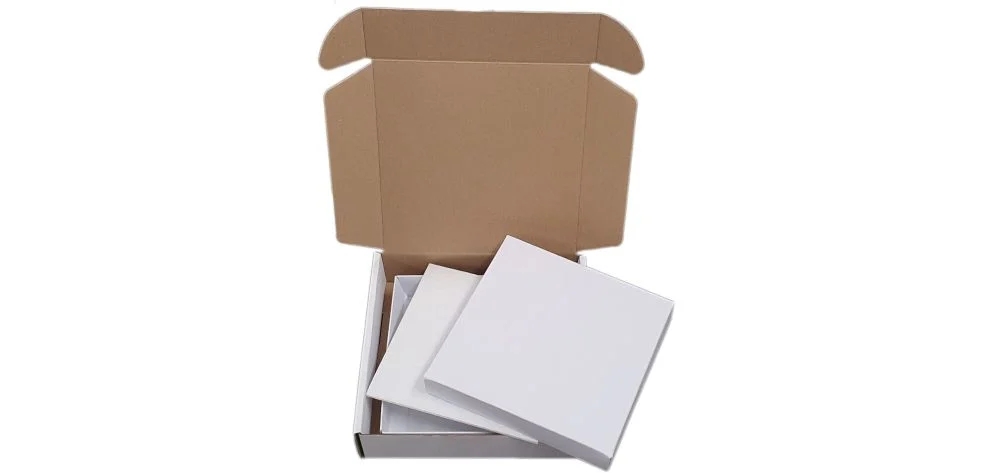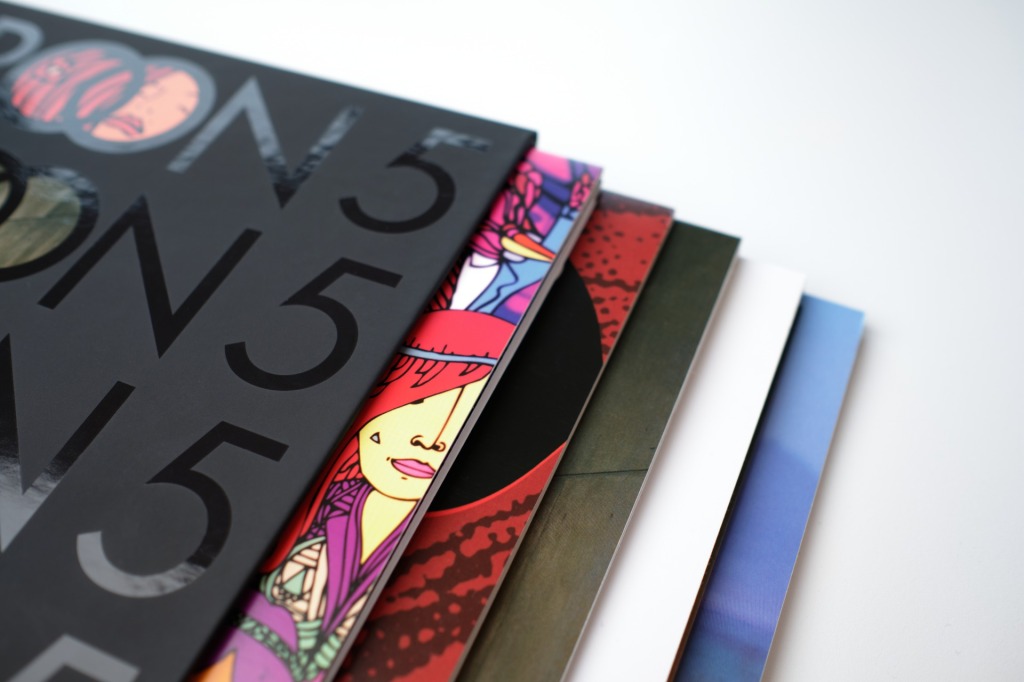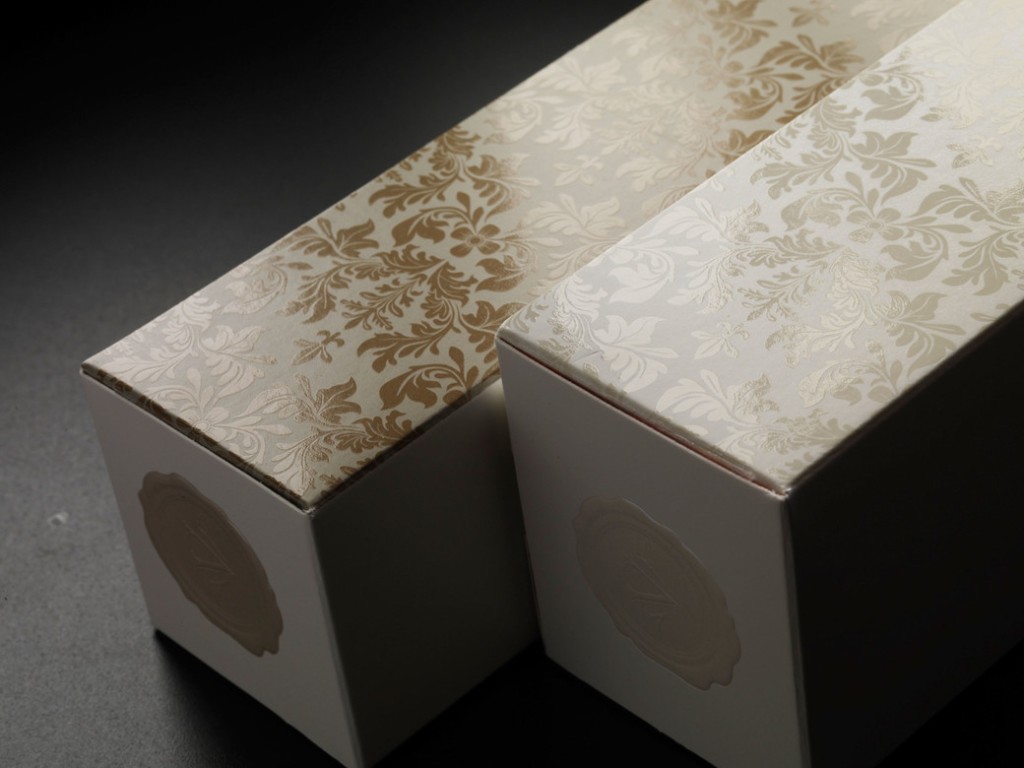Pacdora, a top maker of packaging, offers an almost infinite variety of finishes that you may use to give your package a particular touch.
However, because they may be completely customized, it might be challenging to demonstrate and demonstrate how these alternatives will appear on your packaging design.
You might have heard a number of these words when conversing with the Packhelp sales staff or learning more about packaging, but you might not fully understand what they imply.
Many of those words will be defined in this post, which will also assist you in making a better educated choice regarding upgrading your packing.
Lamination

Lamination, often known as foil or film, is the top layer of paper that is placed to your package.
This printed layer completely covers your box, sometimes including the interior and outside. Although not recyclable, this substance increases strength and durability.
Postal Box

Numerous advantages are offered by lamination. Additionally to preventing the cardboard beneath from splitting and absorbing moisture, it safeguards your print from fading.
Additionally, this lamination layer might have two foils or finishes (fit, gloss, or matt) placed to the top.
Shiny foil

Gloss foils give your package an additional boost of rigidity. The gloss layer also adds richness to the print by enhancing color vibrancy and eye-catchingness. Additionally, it makes your box dust- and splash-proof.
Box Prosto
Any kind of material may be laminated, including
- boxed goods
- cardboard corrugated
- stickers and labels
- Strong boxes
- Tubes
- masked foil
A matt foil is a fantastic technique to give your packaging design a touch of refinement.
Your package will have a smooth, silky feel from this treatment, which also reduces reflection and makes it anti-glare. When embossing or using spot varnish, a matte foil works nicely.
supple-touch foil
Soft-touch foil, often known as velvet foil, has a deeper matte finish and is more resistant to scratches.
It enhances the degree of elegance and refinement, and it goes well with minimalist styles and dark color schemes.
Metallic foil
Your package design may have a bright, metallic appearance thanks to metalized PET. When combined with other finishing techniques like debossing, this glossy, lustrous appearance looks amazing.
Typical usage comprise:
- shiny silver foil
- Rainbow-colored gold foil
- matt silver foil
- Mirror foil in silver
- several types of holographic foils
Varnish UV
Applying an ultraviolet varnish on top of your printed artwork not only protects it but also gives you creative freedom.
The procedure involves applying a varnish to the whole surface, however a UV light is only used in that particular region. Varnishes come in a variety of forms, but they all provide the packing extra thickness and durability.
Spot of UV gloss
UV Gloss offers scratch resistance, and the combination of the bright varnish and the metallic layer beneath makes the design even more eye-catching.
Matrix UV spot
A more discrete technique to include a UV varnish into your design is using a UV matt spot.
various varnishes
Other varnishes, which are often applied to the entire surface, can be used on your packaging design.
Diluted varnish
The most preferred coating for printed material is dispersion varnish because it offers the same level of protection against scratches, scuffs, fingerprints, dust, and grime as a gloss foil (more on the differences later).
This varnish is ecologically friendly because it is water-based.
oil-based offset varnish
Vegetable oil is used to make oil/offset varnish. It is applied to the surface, and as it dries, the oil-based chemicals oxidize.
Thermal varnish
Thermal lacquers alter their color in response to heat or cold.
a lacquer that lights at night after being “charged up” in light.
Rubbing-off varnish
a varnish with components that make it possible to scrape some of it off. found frequently on lottery tickets.
Scented lacquer
When the surface is scratched, a layer with a particular scent is triggered.
UV varnishes can be used on any of the following:
- boxed goods
- cardboard corrugated
- stickers and labels (not UV varnishes)
- Strong boxes
- Tubes
UV versus lamination

Results from the UV and lamination treatments are comparable. So, what’s the difference, one may ask?
Here are the advantages and disadvantages of each based on the many differences.
UV pros
- quicker than lamination
- Your design becomes more vibrant while maintaining the integrity of the original colors thanks to UV Coating.
- Since there is no need to trim or cut the laminate off the borders, it is often a little less expensive than lamination.
Cons of UV
UV Coating may fracture if the print item is bent or folded. A greater grammage of paper is especially prone to this issue.
charisma project helper hot stamping pack
Pros of lamination:
Folding or bending does not cause laminated sections to break.
Lamination is tear-resistant and provides protection from moisture and humidity.
Cons of lamination:
This procedure often uses more machinery, which might result in a little increase in cost.

Leave a comment